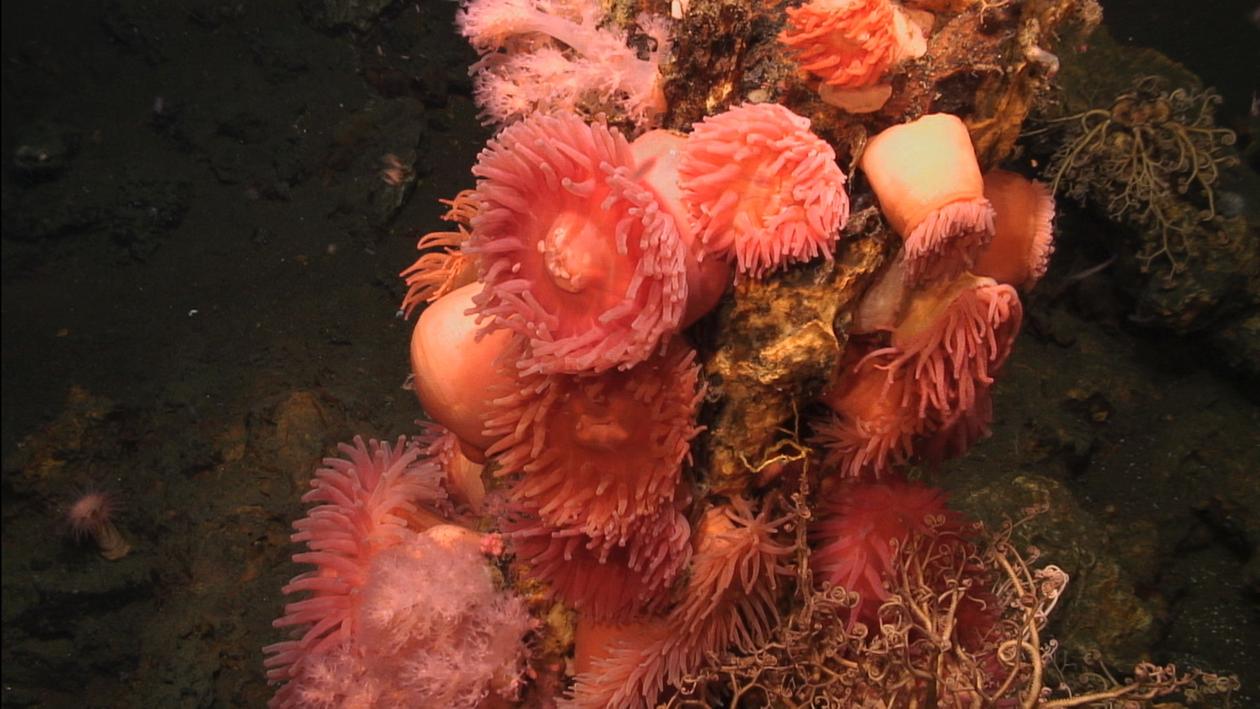Theme Goals and Methods
The questions and objectives the theme pursues and the main methods they use in their research

Main content
The macrofauna at hydrothermal vents represent unprecedented and very specialized communities. To date the interactions between vent species, as well as the relationship between these specialised organisms and their related environments, are still poorly understood. The trophic structure of the vent communities is based on chemolithotrophic bacteria that use reduced sulphur compounds as energy to fix inorganic carbon. These communities are also characterised by high biomass depending upon a few symbiont-bearing species or upon species bearing epibionts, and a low biodiversity compared to shallow-water and coastal environments and a high level of endemism. Such ecological characteristics have lead several investigators to pose a number of fundamental but yet unsolved questions about the vent fauna.
Important questions to address are:
- What are the organisms living in these fantastic environments?
- What relationships exist between them?
- How are they able to harness the energy in chemical processes?
- How do they disperse from location to location?
- How many species inhabit the vents and what are the relationships between them?
- How do the vent species disperse and colonise in patchy and unstable habitats?
- How do vent species evolve and did they adapt?
The main objectives of our research will be to:
- determine the macrofaunal community diversity associated with the hydrothermal vents including symbiotic microbe-metazoan relationships
- compare the megafauna with the fauna of other vent areas for phylogeographic using molecular markers
- map recruitment and dynamics of the biotas
- determine the community ecological structure of the vent regions
- find links to and interactions with the neighbouring deep biosphere (e.g the microbial vent fauna), the secondarily sun-driven ecosystem (e.g. the deep sea) and the primarily sun-driven ecosystem (e.g. the photic zone).
- study the physiological adaptations of selected organisms
- investigate the biological interface between frozen areas and hydrothermal plumes
